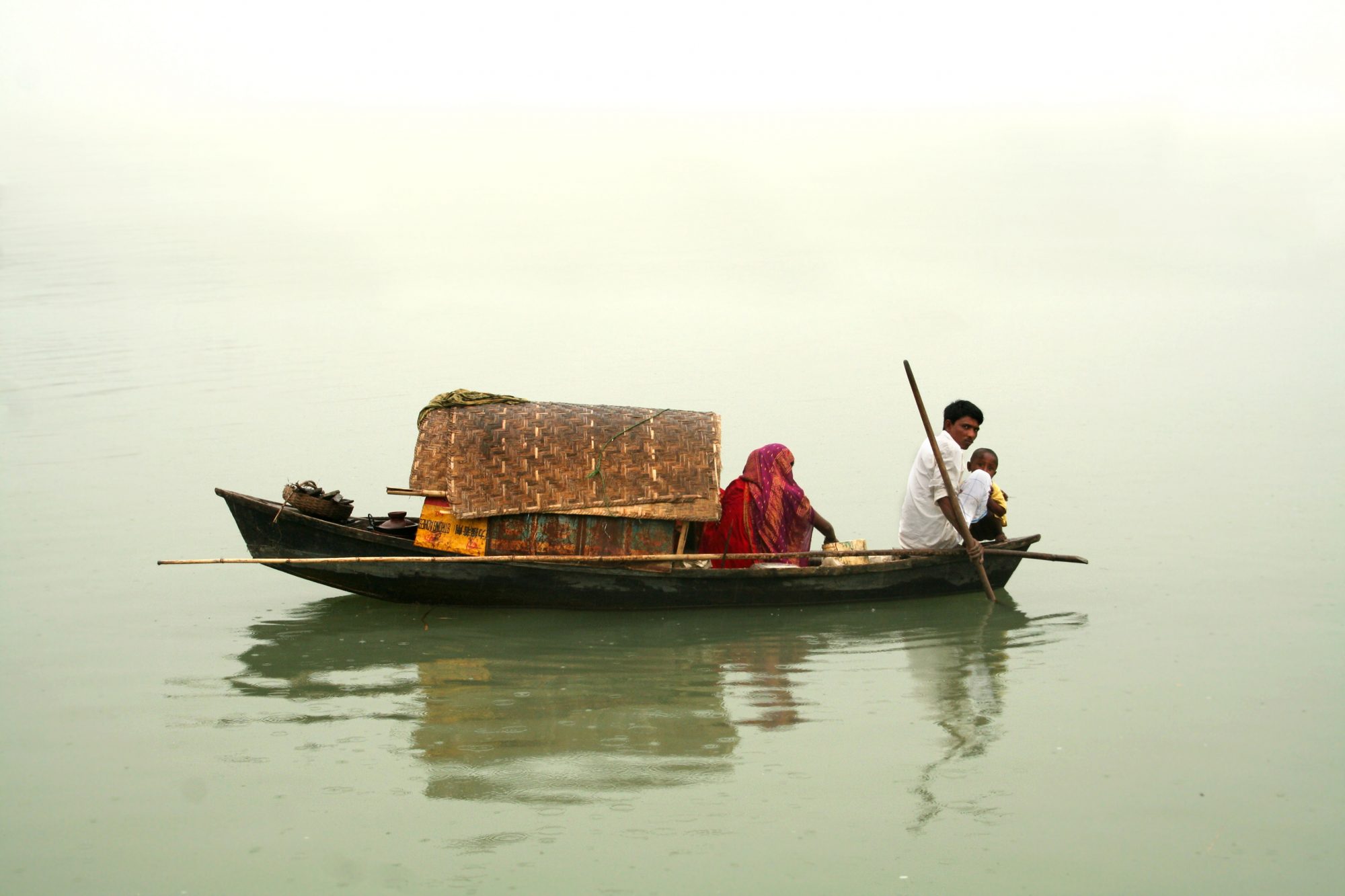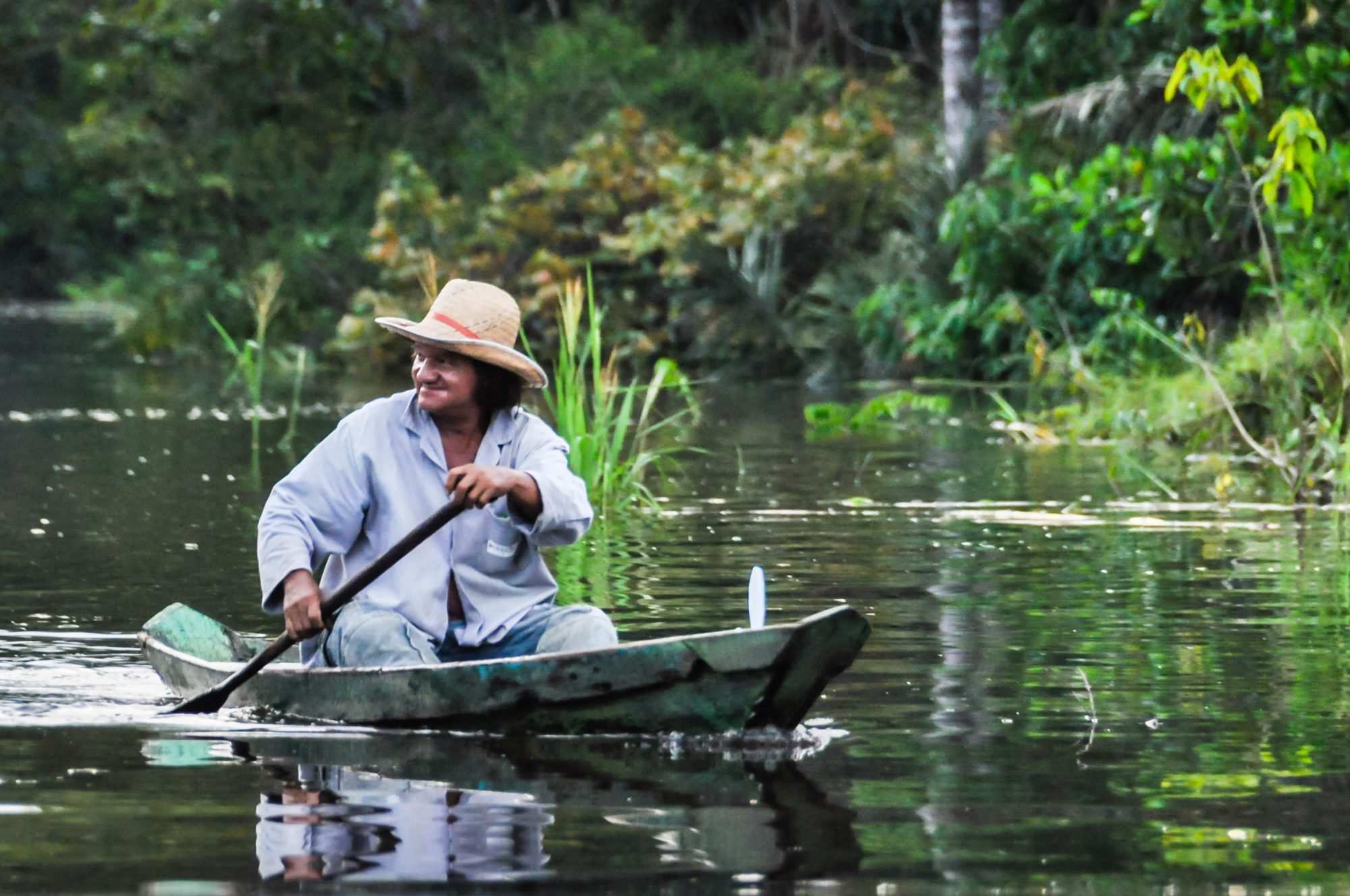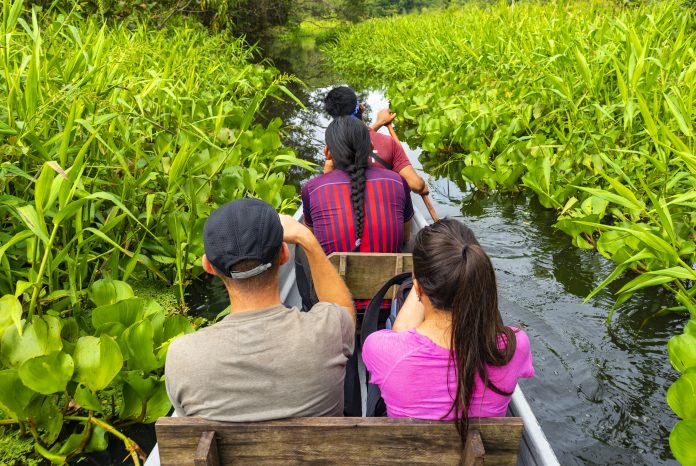Out of the top authors in ecology and conservation journals, 11% were by women and 75% of the articles focused on five countries in the Global North
“The more I protested about climate change, or helped colleagues speak out about issues like endangered salmon, one thing became increasingly clear,” said Leah Thomas, a young woman working toward a more intersectional environmentalism. “Not only was I often the only Black person at these events, but I felt invisible. It seemed like they acknowledged everything but my Blackness or were nice about everything but race and culture. It was like, ‘Oh Leah, we’re doing so much for the planet, why do we have to talk about racial issues?’”
When it comes to the science of ecology and conservation, the ongoing survival of the planet is theoretically a universal movement. Every human being, regardless of ethnicity, gender or sexuality, inhabits the Earth.

The separation of the idea of nature from lived humanity
In reality, the history of the conservation movement is riddled with racism and exclusion. The infamous naturalist, John Muir, founded a highly influential environmental advocacy group in 1892 – The Sierra Club. He was remembered for this, several writings, and his work to protect areas of natural beauty in the US.
He also believed that Indigenous Americans did not belong in the natural landscapes that he revered, and made highly derogatory remarks about Black people. This dehumanisation of entire peoples stood in stark contrast to the altruistic way that Muir framed the land itself. Humans of colour did not fit into the sublime, in his perspective. As a result, there begun a great fragmentation of lived, Indigenous realities from the world that conservationists wanted to return to.
Indigenous Americans have been erased from the history of conservation, up until extremely recent years in which research teams are beginning to respect their land management work.
Marc Abrams, professor of forest ecology and physiology at Penn State, said: “In many locations, evidence shows that indigenous peoples actively managed vast areas and were skilled stewards of the land.
“The historical record is clear, showing that for thousands of years indigenous peoples set frequent fires to manage forests to produce more food for themselves and the wildlife that they hunted, and practiced extensive agriculture.”
“indigenous peoples set frequent fires to manage forests to produce more food”
This kind of thinking exists in the contemporary relationship between ethnic minorities and environmentalism, atleast in the US.
Currently, scientists like Dr Elica Moss at Alabama A&M University are attempting to bridge the gap between non-white populations and environmental policy-making. She explained: “The federal government can of course do a better job in limiting pollution from a range of sources, including power plants, industrial facilities, cars, trucks and off-road engines.
“One of the most important actions is enforce these environmental actions in all vulnerable communities i.e., low-income, communities of color, that may be disproportionally located near these power plants and industrial facilities.”
The question remains as to why these communities are caught in an intersection of environmental impact and bad policy-making. The answer may lie in the lack of scientists in ecology and conservation who can offer these lesser understood perspectives. As Leah Thomas said, racial issues in environmental movements can be conveniently filtered out by individuals who aren’t forced to confront them in their daily lives. The same principle applies to gender and location, with the opinions of the Global North dominating environmental journals and few women published at the most influential levels of scientific thought.

The University of Vienna analysed 1051 top authors
They looked at the gender and affiliation data of authors in the top 13 ecology and conservation journals, which shape the thoughts of policymakers across the globe on the next move in climate change.
Bea Maas, lead author from the University of Vienna, explained: “The overall list of top authors included only 11% women, while 75% of the articles were related to just five countries in the Global North. This massive imbalance in scientific authorship is extremely concerning, especially in the field of ecology and conservation, where diverse perspectives are needed to address global climate and environmental challenges.”
This observation is particularly alarming considering that places in the Global South experience a harsher, more immediate impact of the changing environment than people in the Global North.
Every day, three billion particles of microplastics enter the Bay of Bengal. The Ganges River supports around 655 million people across India, and is therefore poisoning those very millions that depend on it for their livelihoods.
In Bangladesh, livelihoods are washing away day by day, as waters continue to rise and create unfavourable agricultural conditions. The same way that Venice is slowly, publicly drowning, Bangladesh is becoming unavoidably aware of merciless rising waters.
Surely, scientific insights from these locations would be more crucial than ever in order to create functioning climate solutions?
Researchers propose three solutions to solve this problem:
- Firstly: Scientific journals and societies need initiatives to promote diversity and inclusion in leadership recruitment;
- Secondly: A rethink of how people are intellectually judged, especially when it comes to basing the trajectory of a scientific career based on diverse competencies beyond publication outputs
- Thirdly: structural changes to promote parenting time and diversity among staff, collaborators and co-authors to promote and protect the integrity of scientific communities.
The Global South recently represented 25% of publications, in a hopeful upturn.
Bea Maas said: “The current proportions of women and scientists from the Global South in the top authorship are still far from societal or academic distributions, and show a clear need to catch up in the promotion of scientific diversity.
“Hardly any authors from India, China and other densely populated regions of major importance for global conservation and sustainability appear in the list, while many other countries are not represented at all.”











